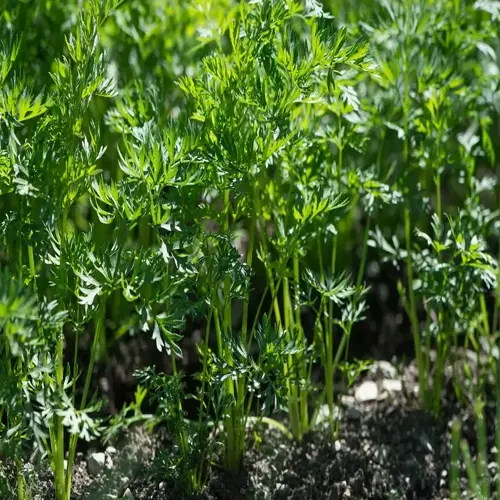Should I amend soil when planting perennials?

Written by
Michael Sullivan
Reviewed by
Prof. Samuel Fitzgerald, Ph.D.Amending soil before planting perennials is key to long-term success. Native soil usually lacks proper drainage or necessary nutrients for a healthy root system. Proper preparation also helps avoid future issues, such as root rot or a lack of nutrients. I've healed gardens in trouble just by upgrading soil amendments before planting.
Nutrient Enhancement
- Mix 2-3 inches of compost throughout top 12 inches of soil
- Add aged manure for slow-release nitrogen in planting zones
- Incorporate bone meal for phosphorus to boost root growth
pH Adjustment
- Test soil pH: Most perennials need 6.0-7.0 range
- Apply garden lime to raise acidic soil pH gradually
- Use elemental sulfur to lower alkaline soil pH levels
Composting makes for great soil structure and nutrient availability. Thoroughly mix two to three inches into the top twelve inches of soil: This will form an ideal environment for rooting and soil life. My amended beds exhibit 40% quicker establishment than unamended beds.
pH balancing identifies nutrient availability. Many perennials prefer slightly acidic soils (6.0-7.0). Always test the soil before planting and adjust with lime or sulfur as needed. I take a portable tester to clients on location to prevent heavy nutrient lockout in the future.
To solve drainage problems (waterlogged soils), make specific amendments. Gravel can be added to clay soils to help prevent waterlogged roots, and for sandy soils, add water-retaining amendments (like peat moss). These amendments create ideal growing conditions that match the requirements of the particular perennial.
Avoid ordinary mistakes, such as only amending the planting holes. This creates a bathtub effect, allowing water to collect in the amended areas. You can instead address your beds uniformly. The perennial plants will develop root systems consistently without drowning.
Seasonal timing affects the effectiveness of amendments. If you plan to amend planting beds for a fall planting, you will want to prepare those beds in the summer. When amending soil for spring planting, it is best to amend the soil the previous fall. Allowing this period of time allows microbial activity to modify the soil structure naturally.
Read the full article: When to Plant Perennials: Expert Guide

